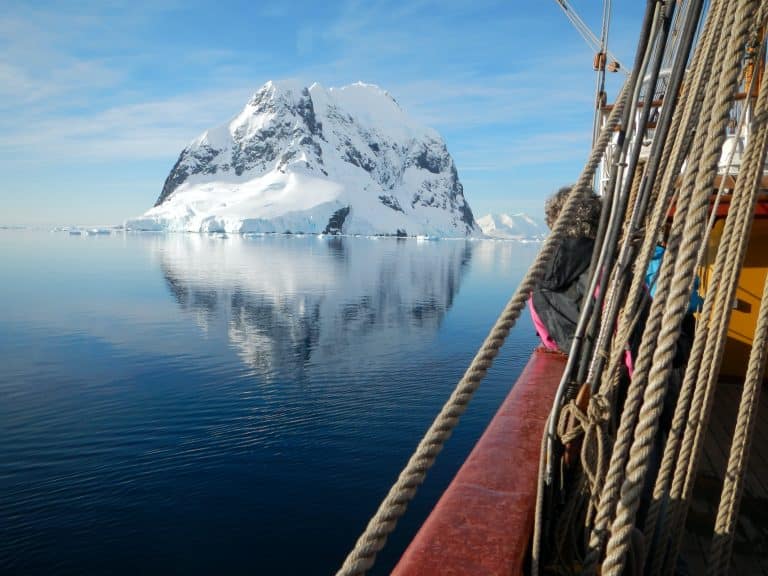According to a recent study, the McMurdo Station in Antarctica may be able to receive high-speed internet access using undersea cables. The station, which is located on an island just off the northwestern coast of the continent, is the major US research hub in Antarctica and is the largest in the world.
Antarctica is the only continent that does not have a high-speed fibre optic cable link at this time. Researchers operating in Antarctica now interact and share their acquired data with the outside world using low-bandwidth satellites, which are currently in use only in the southern hemisphere.
Because of the restricted amount of bandwidth available, researchers must save their data on hard drives rather than exporting it for their colleagues to analyse in real-time.
In an article published by The Verge, the National Science Foundation (NSF) discusses the possibility of building an underwater cable that would connect Antarctica with either New Zealand or Australia. On the Twitter thread, Peter Neff, a glaciologist and climate scientist from the University of Minnesota, shared his results and stated that present and future Antarctic research would be boosted if bandwidth restrictions were removed.
“A new underwater cable might be built with instrumentation that, in turn, would enable significant new study and knowledge of the Southern Ocean and Antarctica,” he explained. “Construction of a SMART cable delivering practically limitless bandwidth to McMurdo Stn. is conceivable, and it may also serve as a platform for extending connectivity to deep-field research sites and vital research activities at Amundsen-Scott South Pole Station,” according to the report.
In October, the organisers produced a study that identified critical places, prospective routes, and ways in which the fibre optic cable may be used to acquire extra-scientific data in this distant region of the world. Participants at the conference observed that academics could broadcast daily operations instead of depending on historical recordings, and that weather-predicting would improve as a result of the technology.
They also pointed out that satellite photos could be analysed in real-time, cyber security could be improved, and project involvement could be expanded to include individuals other than researchers and scientists.
Hundreds of kilometres of underwater cables running parallel to the seafloor transport digital information under the ocean. According to Popsci, the process of placing an underwater cable in place is often a costly, multi-part operation that requires the use of a specialised boat that can bury the precisely wrapped cable into the bottom, as well as other equipment.
The National Science Foundation (NSF) organised a three-day workshop in June that brought together researchers from the United States and other countries to discuss the transformative potential of fibre optic cable to Antarctica, as well as its impact on research, education, and the well-being of researchers.

